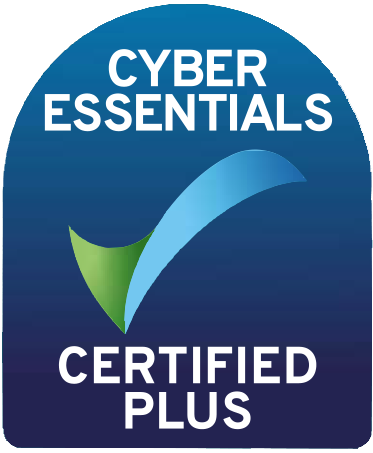
Getting Teams Onboard with Microsoft 365 Copilot

How to prepare your business – and your people – for AI that actually delivers
AI is here – and this time, it’s built directly into the tools your team already uses.
Microsoft 365 Copilot is one of the most significant shifts in workplace productivity we’ve seen. It promises to change how people write, analyse, present, and collaborate. But for businesses looking to adopt Copilot, there’s one thing that can’t be overlooked:
It only works if you’re ready.
And that’s not just about licences.
It’s Not Just About Turning It On
To get real value from Copilot, you need to lay the right foundations.
Yes, you’ll need a licence. But more importantly, you’ll need a clear picture of your data landscape. If your files are still scattered across desktops, inboxes, or personal drives, Copilot won’t be able to do much.
Copilot needs:
-
Secure, structured data (ideally in OneDrive or SharePoint)
-
Identity and access management (so the right people see the right things)
-
Data governance (to ensure sensitive info is handled properly)
-
Security configuration (to protect against potential misuse)
If you’re already using Microsoft 365, you might be halfway there. But now’s the time to tighten things up – because even the smartest AI can’t help if it can’t access the right data.
Your People Are Key to Success
The success of any new tech rollout hinges on how your team responds.
Some staff will be excited to try Copilot. Others will be hesitant – unsure what it is, or worried about how it fits into their role.
That’s why adoption isn’t just a technical rollout. It’s a cultural one too.
We recommend:
-
Start with simple use cases – Writing faster emails, generating reports, or summarising meeting notes
-
Show real examples – Use tasks your team actually do, in the tools they already use
-
Nominate internal champions – Let your team hear from each other, not just IT
-
Offer training and support – Keep it practical and relevant
You’re not just launching a tool. You’re building confidence.
Two Common Rollout Strategies
Different businesses have different needs, but most fall into one of two categories:
1. Focused Launch
A smaller, department-specific rollout. Great for testing the waters and building quick wins. You’ll learn what works before rolling it out to everyone.
2. Structured Programme
A phased rollout across multiple teams, with clear policies, training and data reviews. Ideal for larger or more regulated organisations.
There’s no right or wrong. The key is to pick the strategy that suits your business and commit to the process.
Don’t Wait for the Licence
One of the biggest mistakes we see? Waiting until you’ve paid for Copilot to start preparing.
You can – and should – start getting ready now:
-
Review where your business data lives
-
Check identity and access controls
-
Plan your internal messaging and training
-
Identify where Copilot can add value
When your systems are in shape and your people are ready, adoption becomes smoother – and the impact becomes measurable.
Final Thoughts
Copilot isn’t just a nice-to-have. Done right, it can save time, reduce admin, and unlock productivity across every team.
But it won’t do that by itself.
You need clear data, clear goals







